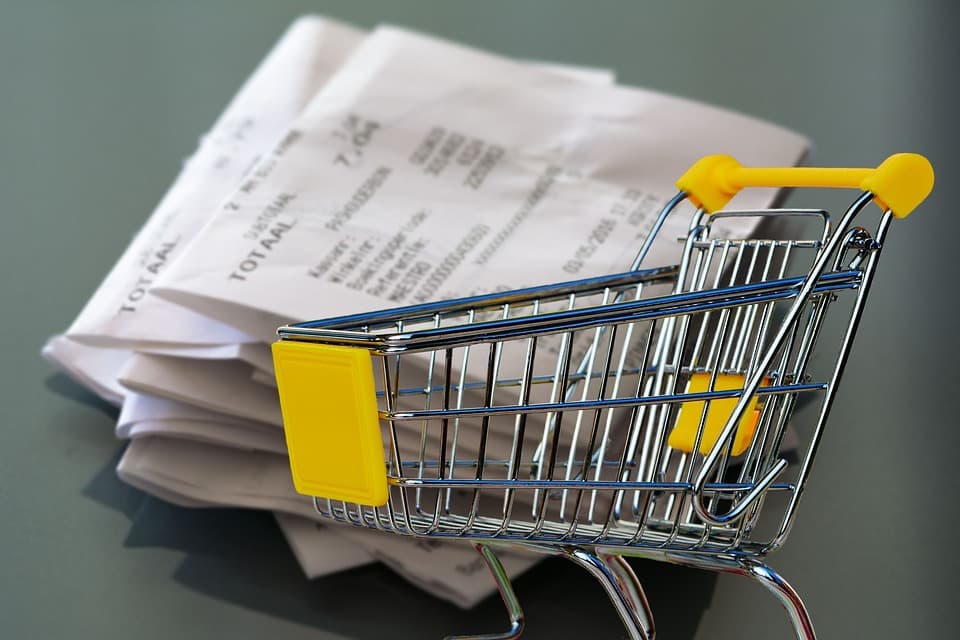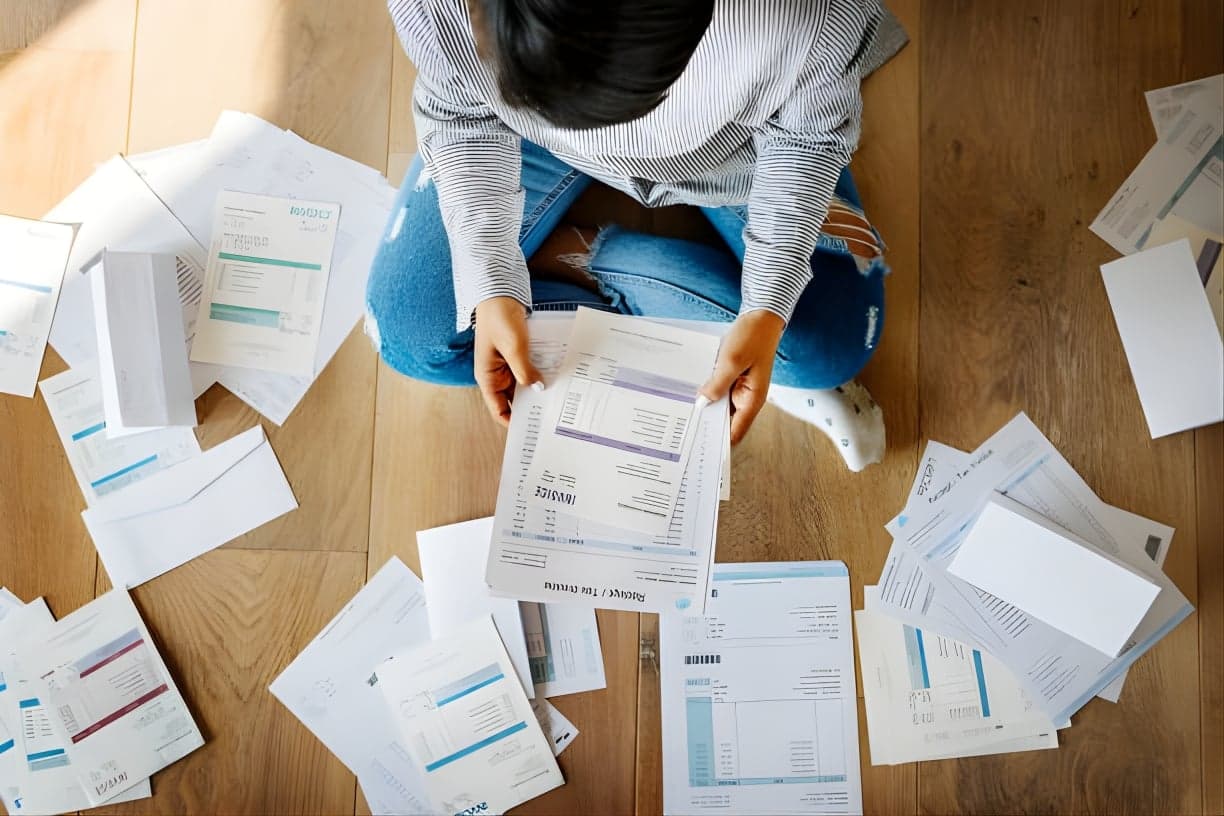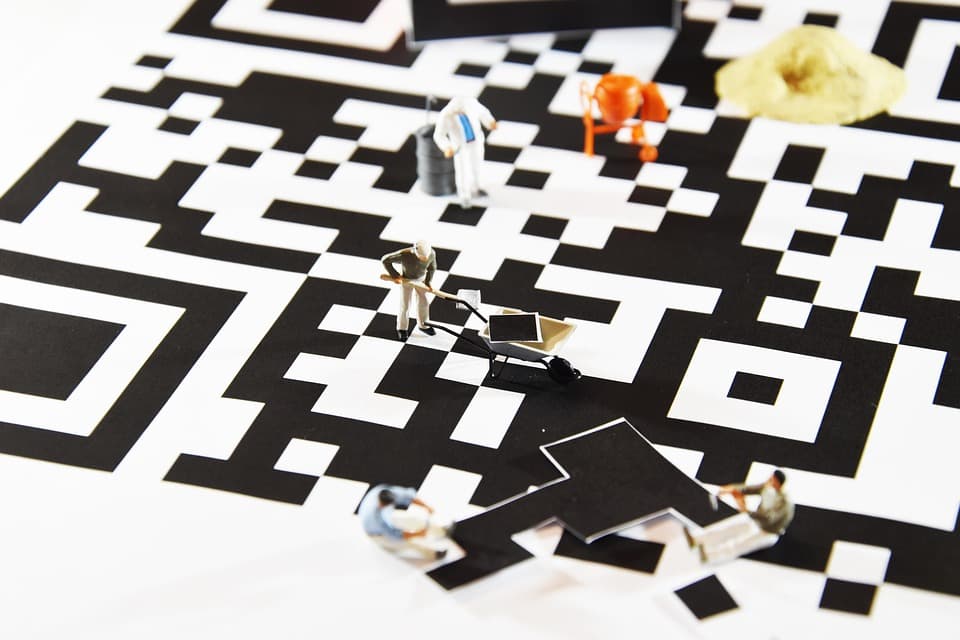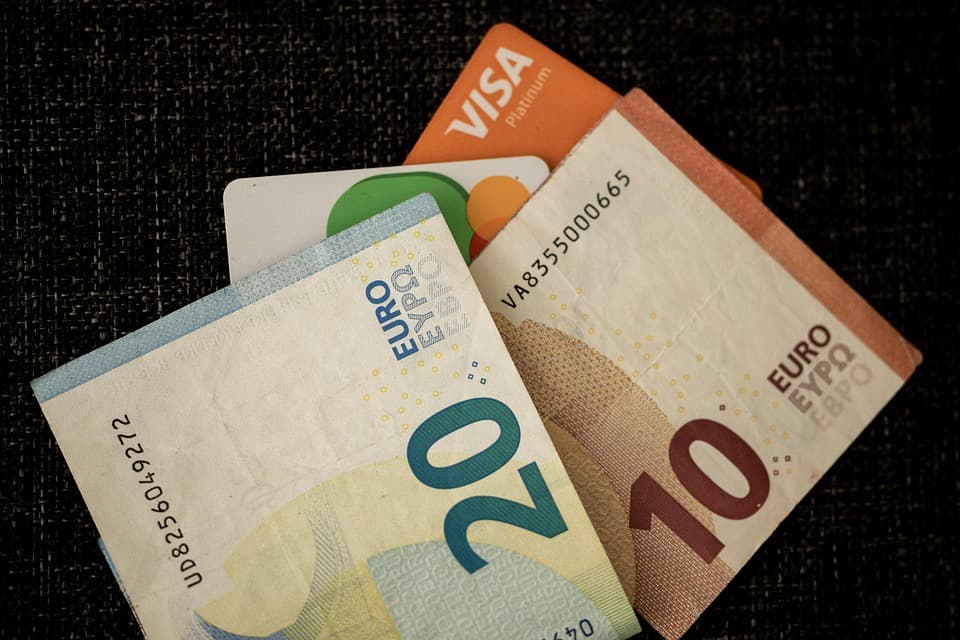Scanning receipts: how digitisation simplifies your accounting

Introduction
Do you have a box full of crumpled receipts, fading till slips and accumulating paper invoices? You're not alone. Managing accounting documents in paper format remains a headache for many entrepreneurs and freelancers.
Digitising receipts and accounting documents is no longer a luxury reserved for large companies. It has become an essential practice for saving time, avoiding losses and simplifying your daily administrative tasks. With the right tools and a clear method, you can transform a pile of papers into organised and easily accessible digital archives.
OCR (optical character recognition) technologies now make it possible to automatically extract information from your scanned documents: amounts, dates, suppliers. No more manually re-entering each piece of data. And since 2025, Swiss legislation officially authorises the digital retention of accounting documents, under certain conditions.
In this guide, we show you how to scan your receipts effectively, which tools to choose according to your needs, and how to integrate this practice into your invoicing workflow. You'll discover a 5-step method, common mistakes to avoid, and the legal aspects to respect in Switzerland.
📌 Summary (TL;DR)
Scanning your receipts and accounting documents saves you time and prevents losses. OCR technologies automatically extract important data (amounts, dates, suppliers) from your documents. This guide presents the available tools (mobile applications, desktop scanners, integrated solutions), a 5-step method for organising your digital documents, and the legal compliance rules in Switzerland.
📚 Table of contents
- Why digitise your receipts and accounting documents?
- Documents to scan as a priority
- OCR and automatic recognition: how does it work?
- Choosing your scanning solution
- 5-step method for scanning and organising your receipts
- Common mistakes to avoid
- How to integrate digitisation into your invoicing workflow
- Legal aspects and compliance in Switzerland
Why digitise your receipts and accounting documents?
Digitisation transforms your document management. No more overflowing filing cabinets and hours wasted searching for a receipt. You access your documents in seconds, from anywhere.
The benefits are tangible: physical space savings, protection against loss or deterioration, search facilitated by keywords. Since 2025, digital retention has been legally recognised in Switzerland, which considerably simplifies your archiving for 10 years.
Documents to scan as a priority
Not all documents are equal. Focus first on the essentials for your accounting:
Supplier invoices: proof of your business expenses
Till receipts: restaurant tickets, parking, supplies (beware, thermal ink fades quickly)
Expense reports: travel, business meals
VAT receipts: essential for your tax deductions
Bank statements: traceability of your financial flows
Contracts: leases, commercial agreements
These documents are systematically requested during tax audits.
OCR and automatic recognition: how does it work?
OCR (Optical Character Recognition) transforms your receipt images into usable data. The technology analyses the scanned document and automatically identifies key information: amount, date, supplier name, VAT rate.
In practical terms, you photograph a receipt and the software extracts the data without manual entry. The time saving is considerable, especially with large volumes. OCR also drastically reduces typing errors that can be costly in accounting.
Choosing your scanning solution
Several options are available to Swiss entrepreneurs for digitising their documents. The choice depends on your document volume, your budget and your professional mobility.
No need to invest heavily from the start. Begin simply and adapt your solution according to your actual needs.
Mobile scanning applications
Your smartphone is the most practical tool for digitising receipts. Always in your pocket, it allows you to scan immediately after a purchase or expense.
Good applications offer: automatic document edge detection, image quality enhancement, PDF export, cloud synchronisation. You digitise directly at the restaurant or at the supplier's, without risking losing the receipt.
Most recent smartphones already integrate scanning functions in their native applications.
Desktop scanners
For large volumes, a dedicated scanner with automatic feeder becomes cost-effective. From 50-100 documents per month, the investment is justified.
Selection criteria: scanning speed (pages per minute), minimum resolution of 300 dpi, automatic duplex, compatibility with your management software. Professional models cost between 200 and 800 CHF depending on features.
The advantage: you process a pile of documents in a few minutes.
Solutions integrated into management software
Some accounting software directly integrates scanning and OCR functions. The major advantage: complete centralisation of your financial data in a single tool.
BePaid focuses on invoicing and payment tracking, but integrates easily with specialised document management solutions. This approach lets you choose the best tools for each need, without mixing everything in complex software.
5-step method for scanning and organising your receipts
An effective system relies on a clear and reproducible method. Follow these five steps to transform your document management.
The objective: find any document in less than 30 seconds, even three years later.
Step 1: Scan immediately
Never let receipts accumulate. Create a routine: scan at the end of the day or at least at the end of the week.
Thermal till receipts fade in a few weeks. An illegible receipt has no tax value. Photograph it upon receipt, ideally before even leaving the shop or restaurant.
This simple habit prevents you from losing receipts for thousands of francs in deductible expenses.
Step 2: Name your files consistently
Adopt a strict naming convention. Example: 20250315_Migros_4580_Supplies.pdf
Recommended format: YYYYMMDD_Supplier_Amount_Category. The date at the beginning allows automatic chronological sorting. The amount helps quickly identify the right document.
Consistency is essential. A chaotic naming system makes your documents impossible to find, even when digitised.
Step 3: Organise by folders and categories
Simple structure: create a folder per tax year, then subfolders by category (Purchases, Expenses, VAT, Salaries, etc.).
Avoid overly complex hierarchies. The simpler, the better. Three levels maximum: Year > Category > Documents.
You can also organise by quarter if your volumes are large. The essential thing: choose a logic and stick to it rigorously.
Step 4: Check quality and legibility
Systematically check each scan before filing the document. All elements must be perfectly legible: amounts, dates, VAT number, supplier name.
A blurry, cut-off or too dark document will not be accepted during a tax audit. Redo the scan immediately if necessary, whilst you still have the original to hand.
Two minutes of verification now saves you hours of searching later.
Step 5: Back up and archive
Apply the 3-2-1 rule: 3 copies of your documents, on 2 different media, including 1 off-site.
In practical terms: your computer's hard drive, external drive and secure cloud solution (Dropbox, Google Drive, OneDrive). In case of breakdown, theft or fire, your documents remain accessible.
Reminder: you must retain your documents for 10 years. A solid backup is not optional.
Common mistakes to avoid
Even with the best intentions, certain pitfalls recur regularly. Here are the mistakes that cost entrepreneurs the most in terms of digitisation.
Anticipate these problems to build a reliable system from the start.
Scanning in low resolution
Files that are too light produce illegible documents. Minimum resolution: 300 dpi for text documents.
Some try to save storage space by reducing quality. Mistake: an illegible receipt has no legal value. You lose your receipt and potentially your tax deduction.
Find the right balance: 300 dpi in black and white is sufficient for most receipts, with reasonably sized files.
Throwing away originals too quickly
Since 2025, digital retention has been legal in Switzerland. But beware: some documents still require the paper original.
Signed contracts with stamp, notarised documents, official certificates: check on a case-by-case basis before destroying the original. When in doubt, keep the paper for a few additional months.
For ordinary receipts and supplier invoices, the digital version is sufficient if it is legible and complete.
Not creating a regular process
Accumulation kills organisation. A pile of 200 receipts to scan becomes a chore you'll postpone indefinitely.
Establish a weekly routine: every Friday at 4pm, or the first Monday of the month. Integrate digitisation into your usual workflow, as you would for your invoicing processes.
15 minutes per week is better than a full day every six months.
Forgetting metadata and context
A file without context loses 50% of its value. Add notes or tags: project concerned, associated client, tax deductibility, purpose of the expense.
Example: "20250315_Restaurant_12500_Meal_Client_ProjectAlpha.pdf" is infinitely more useful than "IMG_2847.pdf".
This information becomes crucial when preparing your tax return or during an audit. You won't remember in three years why you spent 125 CHF at a restaurant.
How to integrate digitisation into your invoicing workflow
Digitising receipts covers your expenses. Invoicing manages your income. Combine both for a complete financial overview.
Use invoicing software like BePaid to create your compliant QR-invoices and track your receipts. In parallel, digitise your expenses with a scanner application or OCR software.
Export your data regularly to your accountant. The objective: simplify your financial management without getting lost in Excel or claiming to replace professional accounting expertise.
Legal aspects and compliance in Switzerland
Swiss law requires the retention of your accounting documents for 10 years. Since 2025, digital documents have the same legal value as paper originals.
Conditions: files must remain legible, complete and unalterable. Tax authorities can request your receipts during audits. Your system must guarantee the integrity of documents throughout the retention period.
Use standard formats (PDF/A recommended) and solutions preventing retroactive modification. These requirements are factual and non-negotiable for all Swiss entrepreneurs.
Digitising your receipts and accounting documents is no longer an option, it's a necessity for managing your business effectively. Scan immediately, name consistently, organise by categories, check quality and archive properly: these five simple steps transform your administrative management.
OCR and modern mobile applications make the process quick and accessible, even without expensive equipment. You save time, reduce errors and comply with your Swiss legal obligations to retain documents for 10 years. The most important thing remains to establish a regular process and not let documents accumulate.
With BePaid, you create your compliant QR-invoices in a few clicks and organise all your invoicing in one place. No more juggling between multiple tools: try BePaid for free and simplify your daily management today.


